Amit Yadav
Modeling and parametric optimization of 3D tendon-sheath actuator system for upper limb soft exosuit
Jun 30, 2023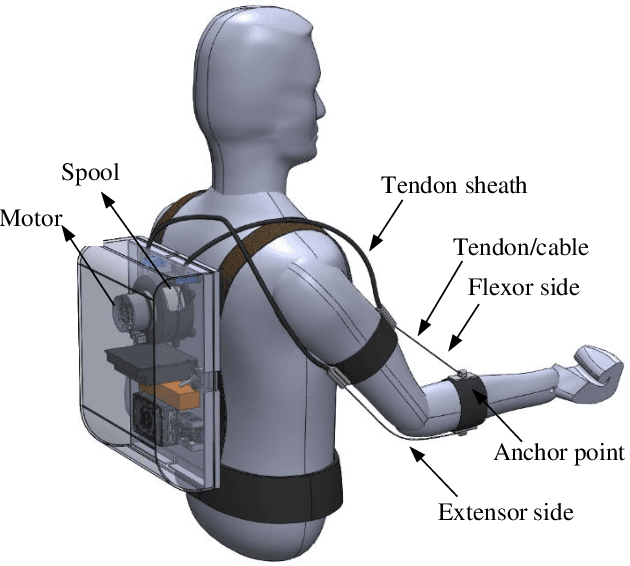
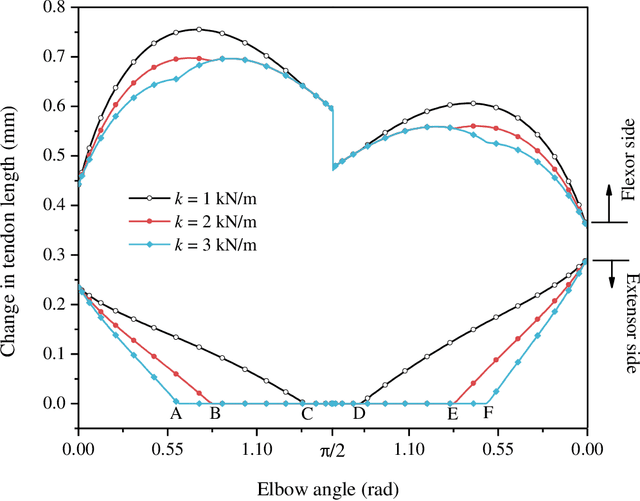
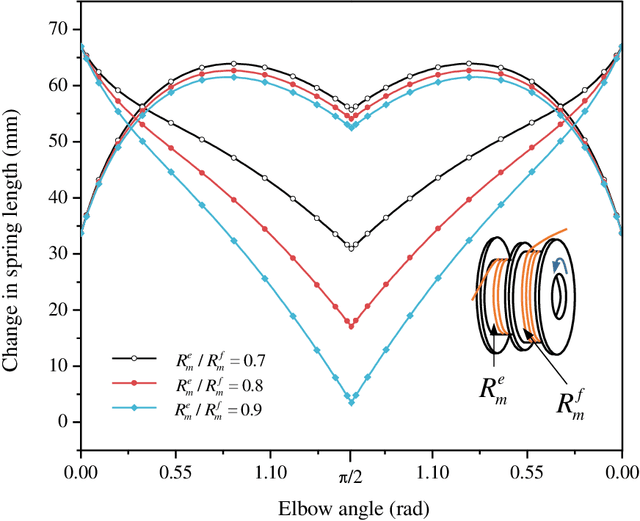
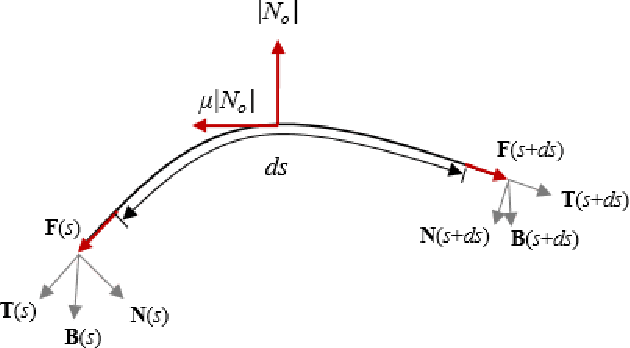
Abstract:This paper presents an analysis of parametric characterization of a motor driven tendon-sheath actuator system for use in upper limb augmentation for applications such as rehabilitation, therapy, and industrial automation. The double tendon sheath system, which uses two sets of cables (agonist and antagonist side) guided through a sheath, is considered to produce smooth and natural-looking movements of the arm. The exoskeleton is equipped with a single motor capable of controlling both the flexion and extension motions. One of the key challenges in the implementation of a double tendon sheath system is the possibility of slack in the tendon, which can impact the overall performance of the system. To address this issue, a robust mathematical model is developed and a comprehensive parametric study is carried out to determine the most effective strategies for overcoming the problem of slack and improving the transmission. The study suggests that incorporating a series spring into the system's tendon leads to a universally applicable design, eliminating the need for individual customization. The results also show that the slack in the tendon can be effectively controlled by changing the pretension, spring constant, and size and geometry of spool mounted on the axle of motor.
SentEmojiBot: Empathising Conversations Generation with Emojis
May 26, 2021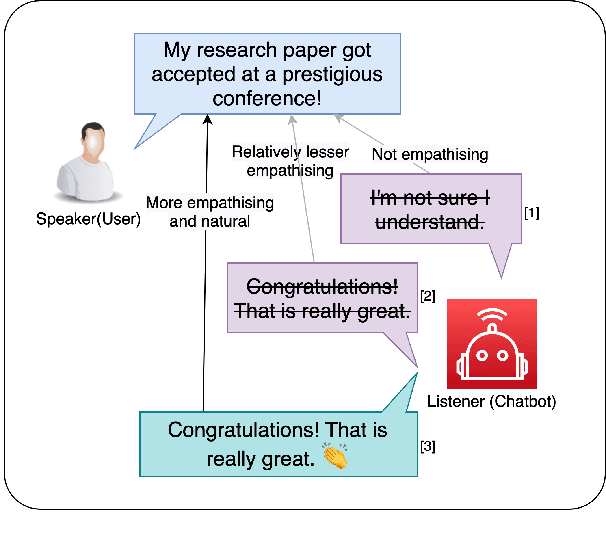

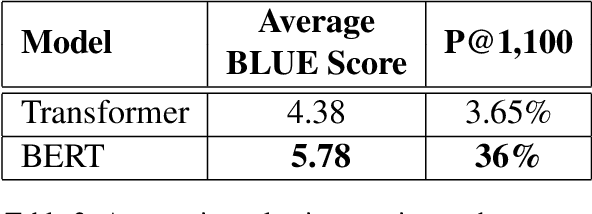
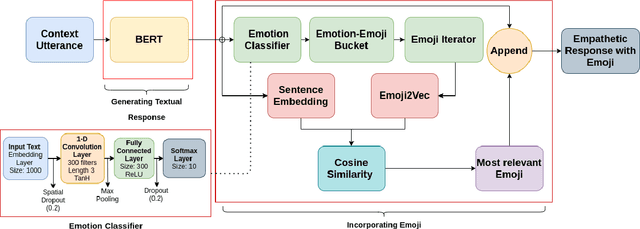
Abstract:The increasing use of dialogue agents makes it extremely desirable for them to understand and acknowledge the implied emotions to respond like humans with empathy. Chatbots using traditional techniques analyze emotions based on the context and meaning of the text and lack the understanding of emotions expressed through face. Emojis representing facial expressions present a promising way to express emotions. However, none of the AI systems utilizes emojis for empathetic conversation generation. We propose, SentEmojiBot, based on the SentEmoji dataset, to generate empathetic conversations with a combination of emojis and text. Evaluation metrics show that the BERT-based model outperforms the vanilla transformer model. A user study indicates that the dialogues generated by our model were understandable and adding emojis improved empathetic traits in conversations by 9.8%
 Add to Chrome
Add to Chrome Add to Firefox
Add to Firefox Add to Edge
Add to Edge